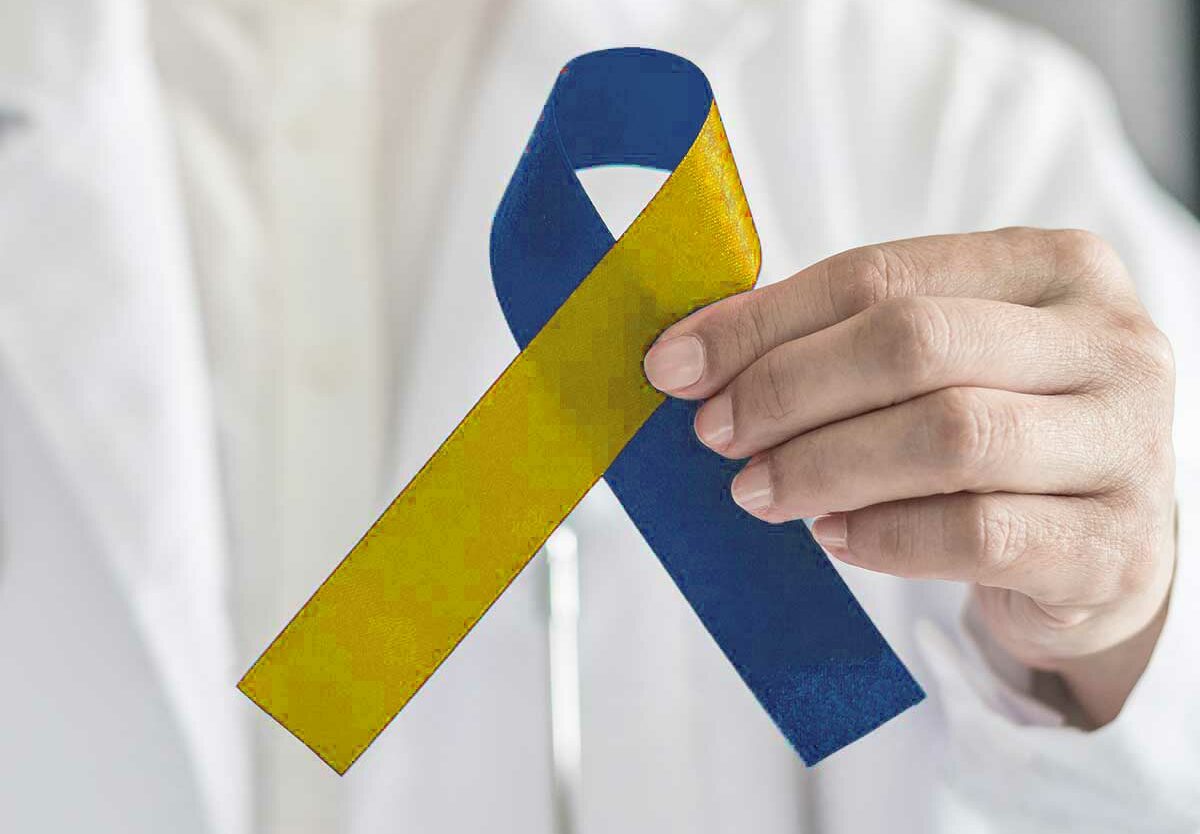Search by Color or Cause


Bohring-Opitz Syndrome Awareness Day takes place on April 6 each year. Taylor Gurganus, co-founder of the BOS Foundation, organized the first BOS Awareness Day on April 6, 2015. Further, April 6 is the anniversary of the formation of the first BOS Support Group on Facebook. As a result of this support group, parents and caretakers of those living with this rare syndrome have a place to communicate with others.
Parents from The Support Group selected the color gold to represent BOS Awareness. This is because most children with BOS like shiny, bright objects. They also selected denim (jeans) because it represents rare diseases. Taylor had a gold and denim ribbon created to promote BOS Awareness. Today, it continues to be a symbol of support and hope for those affected by Bohring-Opitz Syndrome.
Following in the spirit of the originators of BOS Awareness Day, the BOS Foundation is building the awareness movement to help those living with Bohring-Opitz Syndrome. Help bring children living with BOS and their families and carers out of isolation. Put them in the spotlight by wearing gold and blue denim on April 6!
On our Personalized Cause site, we have several ribbon pins to represent this cause. We offer the denim pin, a blue and yellow pin, and a gold pin. Whichever you select, please speak about Bohring-Opitz Syndrome to raise awareness.
Many parents start a conversation with, “I have the most wonderful child but…”. Having a child with Bohring-Opitz Syndrome is an ongoing learning process. It can be challenging at times given the complexity of the illness and high infant mortality. Furthermore, there is still little known about the clinical management of children with Bohring-Opitz Syndrome.
Bohring-Opitz syndrome (BOS) is a rare, multiple anomaly syndrome that most often is evident at birth (congenital) and affects an individual’s growth, development, and variable organ-systems. Individuals with BOS often have severe growth restriction and are therefore quite small; they may have feeding difficulties, characteristic facial features, and the presence of a red or pink birthmark on the forehead or eyelids. Individuals may also have seizures, heart anomalies, and a characteristic ‘BOS posture’ where the elbows are bent and wrists angle outwards. Additional abnormalities may include a smaller than average head size (microcephaly), a visible ridge over the forehead (metopic ridge), a cleft lip and/or palate, eye abnormalities, recurrent infections, and pauses during breathing while asleep (sleep apnea), as well as sleep difficulties. Children with BOS may have varying degrees of learning differences, but these are generally severe, and most children do not attain typical speech or ambulation
In some cases, it may not be apparent that a baby has Bohring-Opitz Syndrome until after they are born. Giving birth can be exciting, scary, and tiring. Some families accept their baby’s diagnosis of Bohring-Opitz Syndrome quickly, while others need time to adjust.
If you have recently found out your child has Bohring-Opitz Syndrome, you may feel a range of emotions. It is quite common for parents to feel overwhelmed and/or have negative thoughts after the birth of their new baby. Living with a child with Bohring-Opitz Syndrome may cause fear, anxiety, depression, and stress.
There is no right or wrong way to react or feel. Learning as much as you can about Bohring-Opitz Syndrome, and how it may affect you and your child’s life is very important.
A number of different professionals will be involved in caring for a child with Bohring-Opitz Syndrome. They will be able to help you with any of the difficulties you or your child is experiencing.
Currently, there is no cure for Bohring-Opitz Syndrome. However, treatments may improve various symptoms and prevent complications. It is impossible to make a prediction about the life expectancy of a child with Bohring-Opitz Syndrome. Every child is unique and there are different levels and degrees of symptoms.
Children with Bohring-Opitz Syndrome need regular check-ups to monitor their health because more health problems are common in children with this condition.
Children with Bohring-Opitz Syndrome are often immediately admitted to a neonatal intensive care unit to treat life-threatening medical complications at birth. In this first phase, the acute care phase, the infant is stabilized in the hospital before going home. The acute care phase is followed by the chronic phase of the disease, in which the child is able to live at home. The child regularly receives treatment in the hospital on an outpatient basis. The acute care phase begins at birth and may last anywhere from a few days to a few weeks or months depending on the health of the new born and severity of the complications. The acute phase ends when the child is able to go home for the first time.
Palliative care is any form of medical care or treatment that concentrates on reducing the severity of disease symptoms. It’s goal is to prevent and relieve suffering, as well as improve quality of life for people facing serious, complex illnesses. Palliative care also provides a means of support to the patient’s family. Such care may include respite care, symptom management, and bereavement support. It is important to talk with your medical team to ensure you are aware of and have access to the various services and support networks that are available.
Be sure to provide a safe environment for your child. Mobility may become difficult over time and the dependence on parents and caregivers will likely increase to meet everyday needs of the child. It is important to give early thought to how this can be managed.